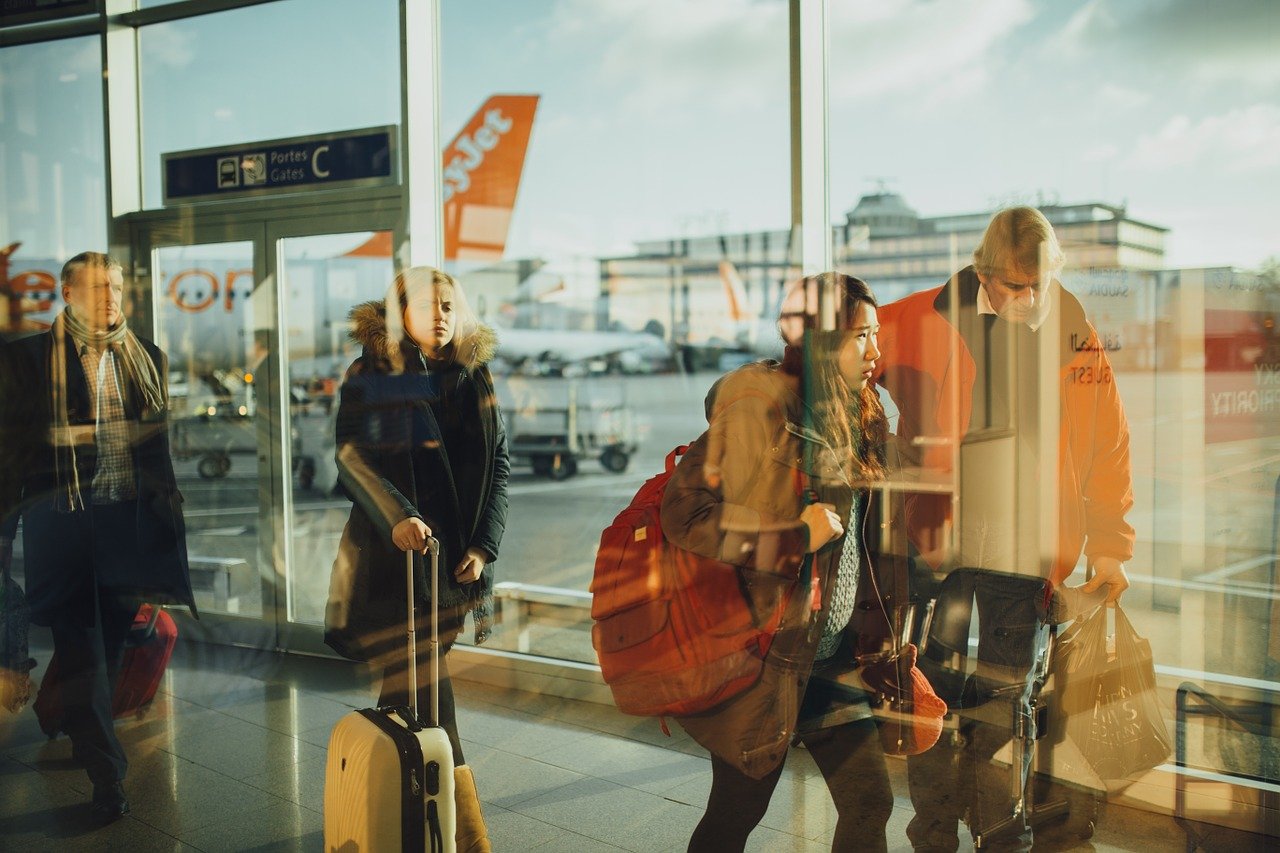Traveling by plane may be the fastest route to take, however, it is one of the contributors to climate-changing emissions on the earth. Did you know that planes are responsible for about two percent of global carbon dioxide emissions? If it were a country, that would place it among the top 10 producers on earth.
Further, develop aircraft effectiveness through technology
According to the Air Transport Action Group (ATAG), jet aircraft use at least eighty percent less fuel per kilometer today than it was in the 1960s. Zingg says past working on the engine there are two ways to further develop aircraft effectiveness and these are reducing aircraft weight and drag.
Alternative fuels
Aircraft produce carbon dioxide by burning fossils, so powering planes with clean sources of electricity is an obvious solution. Some companies are now working on small electric planes.
Another option is to replace fossil fuel-based aircraft with biofuels derived from plants. Plants can potentially reduce net emissions by up to eighty percent as plants absorb CO2 as they grow.
Target airports
There are instances wherein a flight will circle a crowded airport waiting for a spot to land on. Enhancement to air traffic and other operational procedures could lessen aviation fuel burn by up to eighteen percent, according to the Intergovernmental Panel on Climate Change (IPCC).
Lighter seats and more legroom
Mild cabin weight decrease, where flights carry thirty-three percent of their current load, would cut 1.2 percent of CO2 emissions. This could save up to 34,000 gallons of fuel yearly and $110 in functional expenses per flight. Installing lightweight seats is the easiest way to cut down poundage. These seats are slimmer, which means more room for your legs to stretch and wider aisles.
Travel less
Flying less is another option to reduce CO2 emissions from aircraft. Furthermore, there are other ways to lessen the impact of your flight if you need to travel, but compared to staying on the ground, it only makes a little difference.

